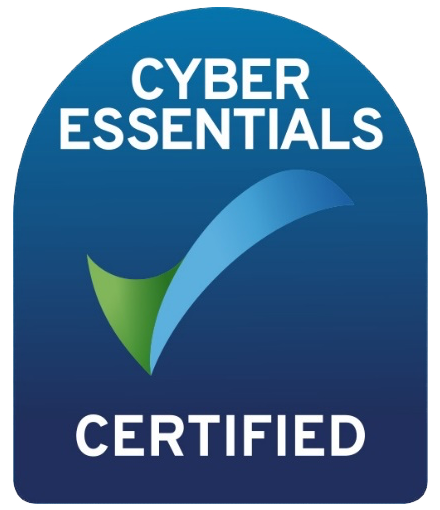
How to... Record from scratch (Part 1)
In this two-part series we will look at the key issues involved in setting up a school recording facility from scratch. Whilst many schools will have some sort of recording equipment, often locked in a cupboard and brought out once a year at exam time, not all have the necessary facilities to allow them to have easy access to this equipment on a regular basis.
Having good recording facilities doesn’t necessarily mean having a purpose-built room with associated acoustic treatment and cabling. Yes, there are many advantages in such a studio being available, but good recording can take place with relatively inexpensive equipment. The key is to know where to start, and how to develop the resources as more funding becomes available. In the second part we’ll look in more detail at designing a dedicated studio, but this month we’ll consider how you might start recording in school.
Your starter for… two
You can make perfectly adequate recordings with a simple handheld two-track recorder. It will probably mean adjusting the relative positions of players in an ensemble in order to get a balanced mix - and it’s always best to mount such a recorder on a stand in order to reduce handling noise - but the quality of microphones in most handheld recorders means that the full dynamic range can be captured accurately. Always have a few practice runs (and always check out your recordings afterwards on headphones, or your hifi) before sending the performers away. That way you can make sure you actually did push the record button for that final take!
Of course, most people assume that a recording facility will offer the benefit of overdubs – recording a vocal or instrumental part on top of a previously recorded track. For this to happen you will need either a dedicated multitrack recorder or a computer equipped with an audio interface and suitable software. Your choice might be dependant on the budget available – for example, if you already have a suitably powerful computer it may be more cost-effective to buy some software and an interface than to purchase a separate stand-alone recorder.<
Some of the advantages and disadvantages of each system are shown in the table below...
Multitrack Recorder
Pros:
- Portable - no screen required, often battery powered
- Physical Controls - faders and transport buttons
- Easy to use
- Low maintenance
Cons:
- Limited tracks
- LCD screen can be small for editing
- No access to virtual instruments or loops
Computer-based Recorder
Pros:
- Very expandable – multiple tracks, virtual instruments and loops
- Flexible file sharing options
- Integration with cloud or network storage
- Easy-to-use software
Cons:
- More expensive capital outlay
- Requires some knowledge of ICT
- Higher maintenance costs
- Desktop computers are not portable
Whichever route you take there are some common factors which will help you get the most out of your equipment.
Garbage in, garbage out
Given that all multitrack recorders and computers now record digitally, the most important components in your system will be your microphones. If you use poor quality mics you will end up with a poor quality recording. Good mics will always be a useful investment, even if you end up building a dedicated recording room.
Sound advice
The space in which you record should enhance your recording, not take away from it. It’s not just the obvious need to avoid extraneous sounds ending up on your GCSE submission, such as the school bell or the football game taking place outside during break. Pick a location which either has no particular ambience (you can add this digitally later), or one which adds to the colour of the recorded track.
Access all areas
The key to getting the most out of whatever equipment you have is having it easily available. If it’s difficult to set up, or is kept in a store that is far from your normal teaching space, it’s less likely to be used regularly. Recording shouldn’t be seen simply as a once-a-year activity tied into exam submissions, but as an opportunity to capture creativity on a daily basis. This might mean you use a handheld recorder for ‘casual’ recordings in the classroom, but you can just as easily have your multitrack recorder or computer available on standby for such events. Having a recording ‘trolley’ available in the store with all necessary cables, stands and microphones is one solution.
In Part 2 we will look at the issues involved in designing a dedicated school recording room.
